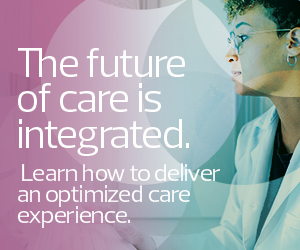Healthcare Organizations Can’t Shy Away from Change
The connecting thread throughout these educational sessions was the need for healthcare organizations to rethink operations and improve work experiences across the board.
Children’s Hospital Colorado shared its arduous journey in transforming its approach to data analytics and building its stand-alone Analytics Resource Center. The effort required a culture change that affected key team structures and standardized its data governance.
LEARN MORE: Get the details on the updated INFRAM from HIMSS.
Kerri Webster, vice president and chief analytics officer at Children's Hospital Colorado, discussed how the health system’s previous transactional analytics approach was not scalable and that moving away from that produced some friction.
“Analytics isn’t about data, it’s about problems,” she said. Now that the health system has shifted from shadow analytics toward more big-picture thinking, Webster said that has led to work with impactful outcomes, including a highly accurate predictive census that improves real-time hospital staffing and can even support long-term planning.
Be Intentional with New Solutions and Optimize Existing Investments
In discussing the addition of new technologies, Imprivata Chief Nursing Informatics Officer Claire Reilly stressed the importance of engaging nurses early on. After all, the tech that nurses use can often influence interactions with patients.
“If we get it right with nurses, then patients are taken care of,” Reilly said.
Sherri Hess, vice president and chief nursing informatics officer at HCA Healthcare, said that professional development should include technological solutions, such as offering virtual nursing roles to retain experienced members and support newly trained nurses. “What can we do to make our nurses more efficient?” she asked.
Click the banner to discover how health IT solutions can help create an integrated care experience.
















